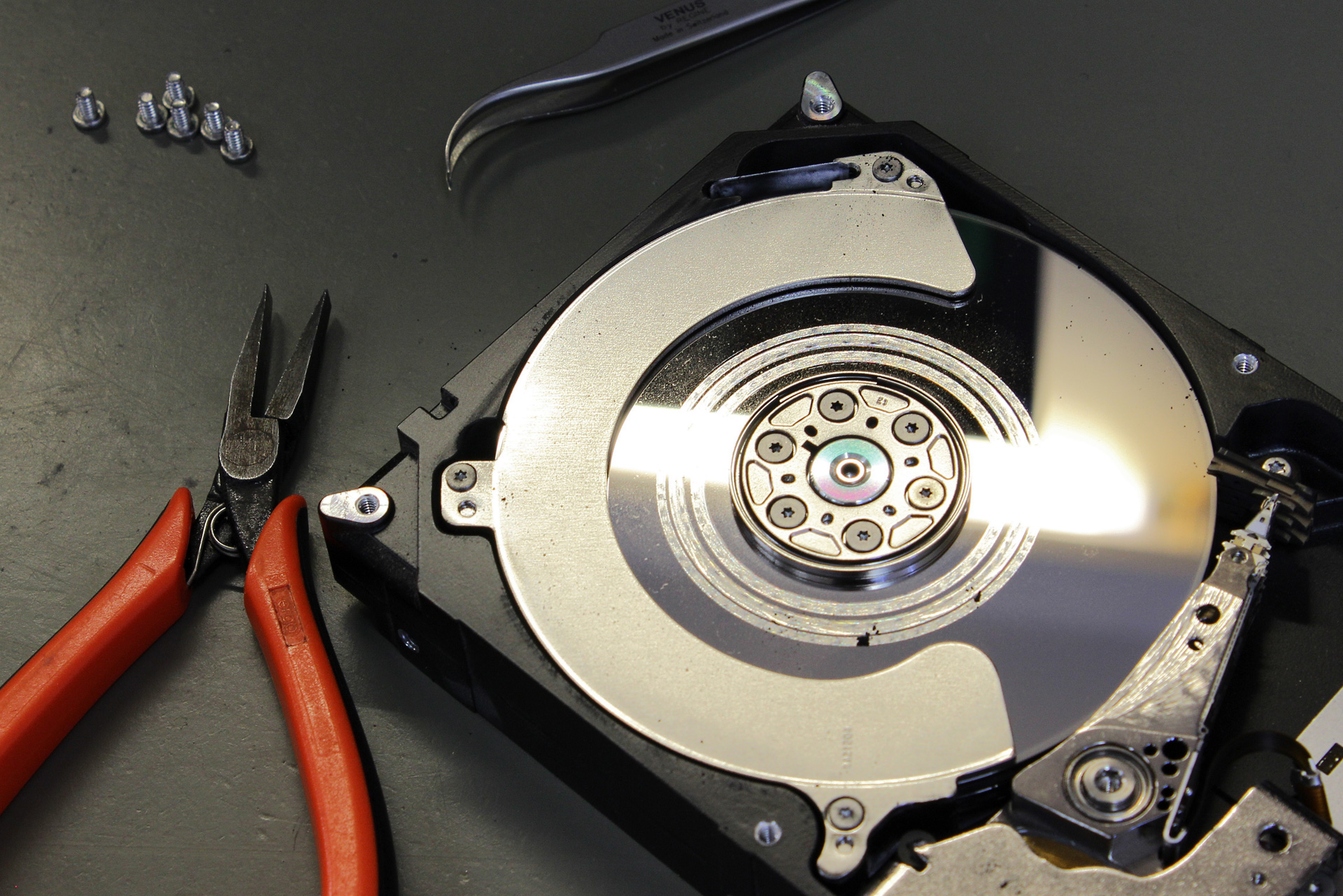Backup Strategies
Paul Taylor, in the Financial Times, 26th October 2007, stated “It’s never too early to call for back-up”, a sentiment that we, at Network Midlands, heartily support. If you are not protecting your business critical data in a timely and appropriate way, you are running the risk of losing your entire business should disaster strike. The question is – “What is timely and appropriate?”
In this article, I will look at what this means. Firstly I will look at what your backup strategy, in an ideal world, should be. Secondly, realising that this isn’t an ideal world, I shall suggest a more manageable strategy. Finally I’ll look at the different media that can be used for backing up, examine the pros and cons of each and then suggest what information you might safely back up using this media.
Backup strategy – in an ideal world
Ideally, you should be able to back up all your business information every day. This includes (but is not limited to) your accounts, business contact manager, “my documents” folders for each user on the computer, emails (sent received and stored), calendar and task list. You should also add your digital photos, mp3 files and anything else you may have created and not want to lose. Once you’ve backed up all this, take the backup tapes or disks off site. It will be no use to you if it is sitting beside the computer when your office burns down.
However, this is a lot of information and takes a long time to back up, whatever backup medium you use. Fortunately, much of this information doesn’t change from day to day so a common solution is to introduce a two-step backup system.
Backing up – in the real world
Step 1. Pick a day – any day will do – and do a full backup of all your information. This can take a long time. Any decent backup software (including Microsoft’s own which is included with Windows) will then flag each file as “archived”. During the next 24 hours, any files that change will have the “archived” flag removed. Take this backup off site.
Step 2. On the second and subsequent days, do incremental backups. This backup will only copy the files from which the archive flag has been removed – in other words, only the files that have changed. These backups will be much faster.
After a set period of time (1 week or 1 month are usual), do another full backup and start the cycle again. We recommend keeping 3 or 4 full backups just in case you have to go back several months to retrieve a file.
This provides a fast and flexible backup strategy together with an easily manageable means of restoring lost data. You restore files from the latest full backup followed by the latest incremental backup. I have used this system for years with clients ranging from large national and multi-national companies, down to small owner managed businesses. If it is done properly, and the recovery is tested once in a while to make sure the backups are actually working, the worst that can happen is that you lose the last 24 hours work.
Backup media, what’s hot and what’s not
Many, many years ago – possibly before you were born(!) – the only way of backing up information from a PC was to copy it onto floppy disks – lots of them. I remember backing up a computer and using 183 floppy disks; it took a long time! Fortunately, the capacity of backup media is much larger now.
CDs, DVDs and memory sticks
These days, most people back up files to CD, DVD or memory stick. Well, when I say back up, I really mean copy, by dragging and dropping the files onto the CD, DVD or memory stick. This is OK for smallish amounts of information when you will be copying the same files each day. Unless you use backup software, you will not be able to perform full and incremental backups as suggested earlier. DVDs and memory sticks can be a good medium for storing copies of digital photos, but be aware that CDs and DVDs do degrade with time and, depending of the quality of the disk used, you may find that you can’t get files back after about a year.
External hard drives
These have a much larger capacity than CDs and DVDs, and are plugged into the computer’s USB port. They usually come with some form of backup software which will back up the files you select. However, some software only works manually – although it remembers which files you want to back up, it won’t actually do it unless you start the program running. It’s much better to use software that can be scheduled to run at a set time each day. Why? The backup may not be run because you’re away from your desk or too busy. These days external hard drives are large enough to hold several full and incremental backups on one disk.
If all you want to do is to guard against accidental deletions or virus infestations, an external hard drive is perfect, but if you want to protect against loss through fire (for example), you will need to take the drive off site once the backup is finished. In this case, I would recommend buying two external drives and using each in turn.
External hard drives are very good for backing up files that would take a long time to recreate, for example mp3 files from your favourite audio CDs.
NAS drives
NAS (Network-attached storage) drives are external hard drives for a network. If you don’t have a network, you don’t need one. If you do, instead of buying an external hard drive for each computer, use a NAS. The downside is that, for a NAS drive to be any use, it must remain attached to the network, so buying two and using them alternately is not really an option. Otherwise, they are used in exactly the same way as an external drive.
Tape
Tape has been used for years – going right back to the early days of computing. Is has the advantage of very high capacity, so a lot of information can be backed up at once, and it can easily be taken off site. The main disadvantage is cost. You have to buy a tape drive for each computer and enough tapes to perform the full and incremental backups – and the tapes have to be replaced once a year! One site I worked at used 90 tapes per computer over a 3 month period and was backing up almost 50 computers.
Cloud service
Cloud backup services are growing in popularity. BT have been advertising theirs on the TV quite heavily recently and there are many others available (we use and recommend Redstor Backup Pro). The idea is simple. A small program runs on your computer, you tell it which files to back up and set a time for the backup. At the correct time, the backup will run automatically. The first run backs up everything and subsequent backups just back up files that have changed. The files are backed up to remote servers over the Internet and that’s it. Done! Recovering files is simple – run the software, specify which files to recover and where they should be placed (in the original location or elsewhere). Within a minute the recovery has started. If you are recovering a few files, this can be done in 10 minutes. “Over the Internet” backup services like this make charges based on the space used on the remote server, so they can be quite expensive if you have a lot of data to back up.
Some things to check
Do make sure that the service provider stores your data at two different data centres a long way apart. If they lose one data centre to a disaster, the other one will still be available.
Do check that your data is encrypted before it leaves your computer so that no-one can access it, HMRC recently lost child benefit data in transit and, reportedly, this data hadn’t been encrypted. Anyone with the right software could read all the information stored.
Do make sure that the software runs automatically – two variants of BT’s “Digital Vault” do not.
What we do
At Network Midlands, we use a combination of Clunk Click – a cloud backup service – to back up our critical files, including accounts information, Outlook contacts, email and tasks, and client files (websites, system configurations, proposals, etc.), NAS drive for photos, music and downloaded software, DVDs for off-site storage of photos and tape on a test server that we’re forever messing up – it’s marginally quicker and far less labour intensive to restore the server from tape than to re-install from scratch.
How we can help you
Contact us and we’ll give you a free consultation to help you decide on the best way to keep your vital company information safe.

